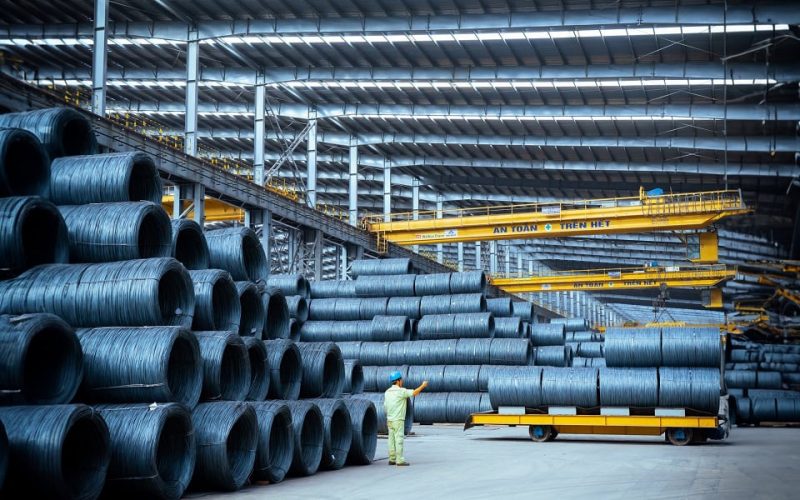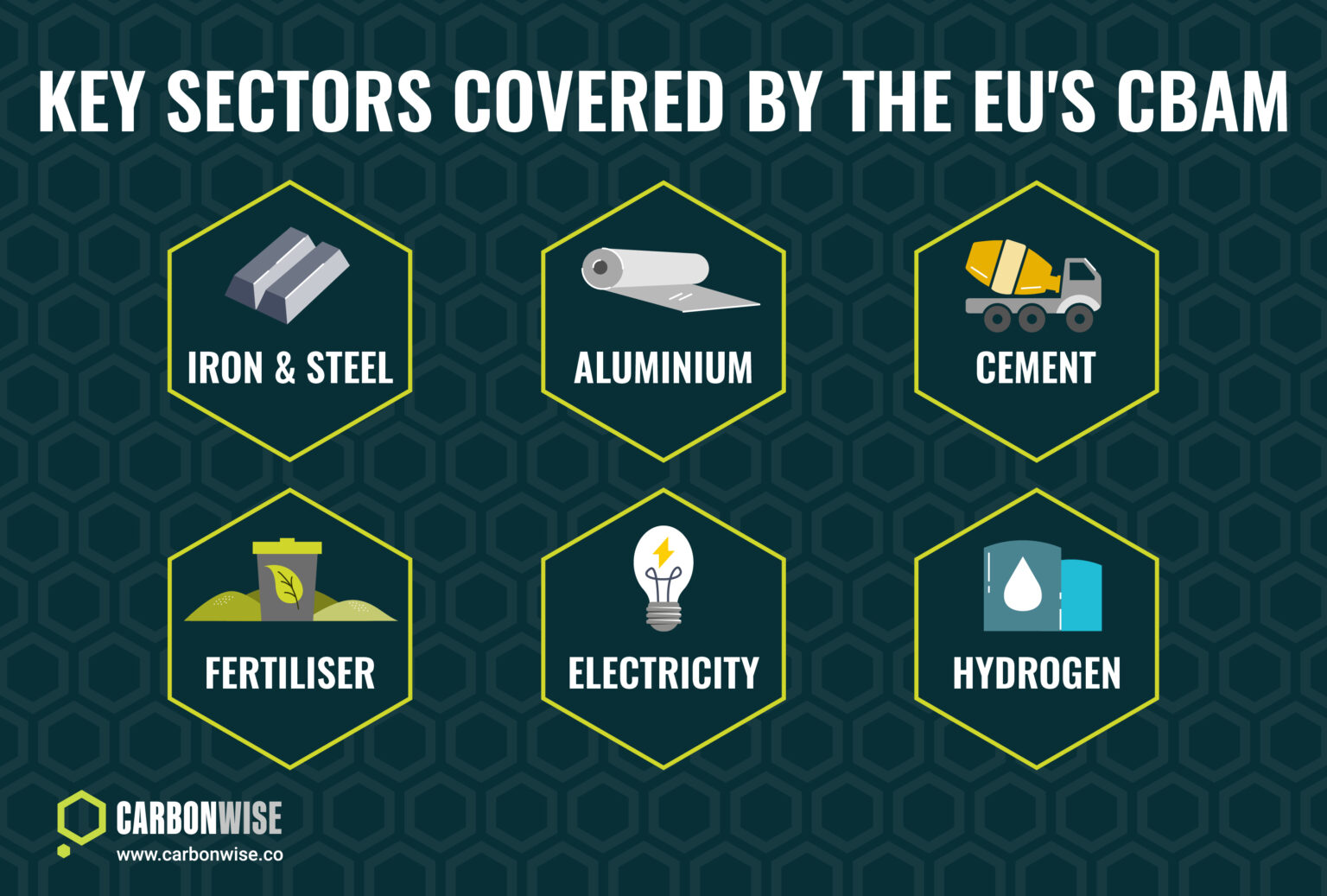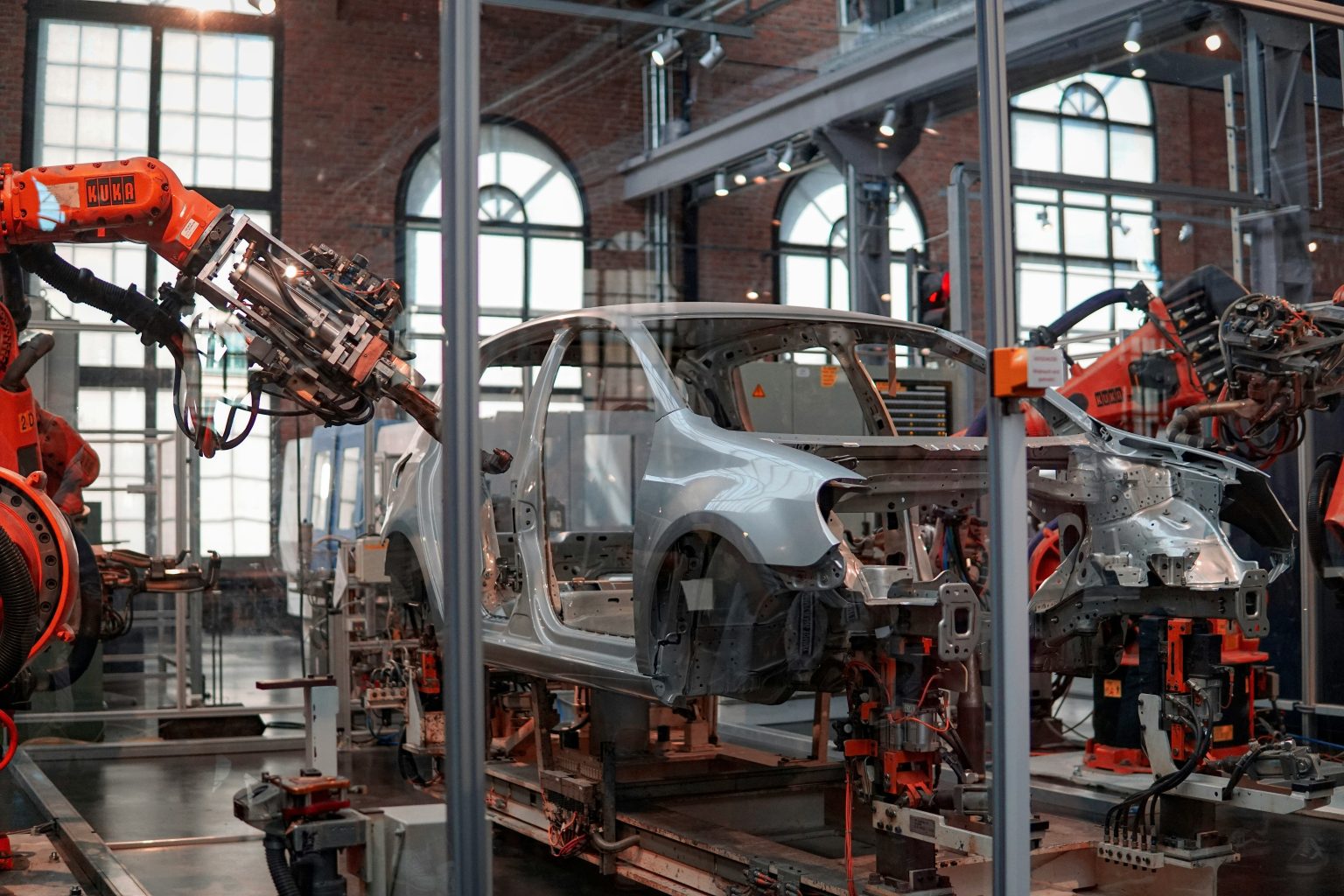
Global Overcapacity Threatens Steel Market Stability
Steel markets are bracing for prolonged weakness as overcapacity drives a sustained “race to the bottom” on steel prices. In MEPS’s latest Speaking of Steel podcast, industry experts warned that current production trends in emerging economies will outpace demand for years. Steel analyst Jon Carruthers-Green emphasized, “This is not going away quickly,” predicting long-term challenges unless drastic cuts or plant closures occur.
Despite policy measures such as US import tariffs and the EU’s Carbon Border Adjustment Mechanism (CBAM), global steel supply continues to rise. According to OECD’s Steel Outlook 2025, non-OECD countries expanded capacity by 3.4% from 2019 to 2024, while OECD nations made only a marginal cut of 0.2%. This widening gap reflects the global imbalance that undercuts any regional protectionist efforts.
Meanwhile, worldsteel data shows China produced over 55% of global steel as of April 2025, but production growth in India and Southeast Asia is adding fresh pressure.
Steelmakers Struggle as Imports and Emissions Add Complexity
Even with policy defenses, imports will persist in high-cost regions such as the US and EU. Kaye Ayub of MEPS noted that low-cost steel from countries with growing output will continue to flow into regulated markets. “Imports will keep arriving,” she said, regardless of duties or carbon-based trade rules.
In addition, about 40% of the new 165 million tonnes of capacity coming online by 2027 will rely on emissions-intensive blast furnaces. That raises serious questions about the environmental and competitive implications for decarbonization-focused regions.
As a result, price disparities between regions are expected to grow. The global steel market is fragmenting, with local policies driving a decoupling of price trends rather than stabilizing them.
SuperMetalPrice Commentary:
The persistence of steel overcapacity reflects deep structural issues in global industrial policy. While the EU and US double down on carbon controls and trade defenses, emerging economies prioritize volume growth. This divergence creates both market and environmental friction. Without coordinated international reforms, steelmakers in mature markets will remain vulnerable to a downward pricing spiral—one that tariffs and production cuts alone cannot fix.











Leave a Reply
You must be logged in to post a comment.